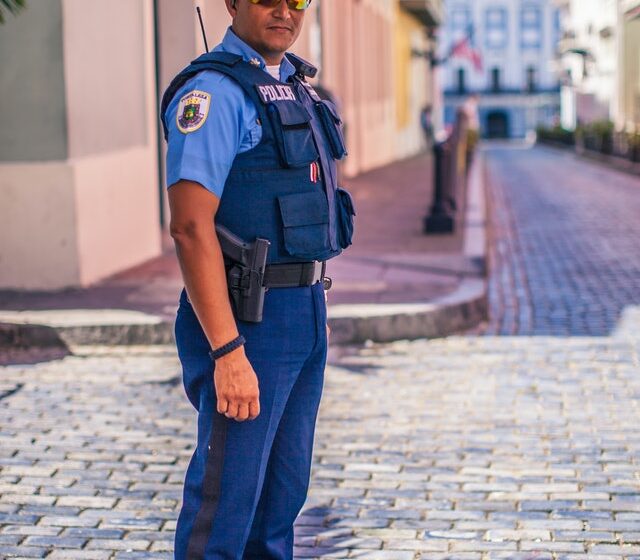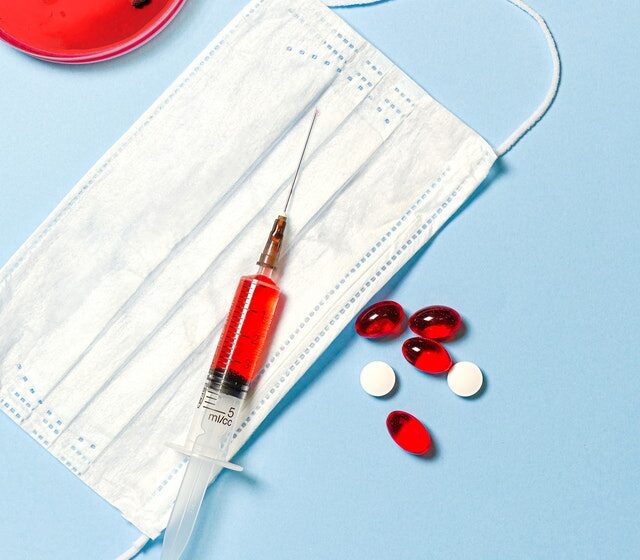Community Policing
What is Community Policing?
Wikipedia – en.wikipedia.org/wiki/
Community policing, or community-oriented policing (COP), is a strategy of policing that focuses on building ties and working closely with members of the community. It is a philosophy of full-service policing that is highly personal, where an officer patrols the same area for a period of time and develops a partnership with citizens to identify and solve problems.
 The central goal of community policing is for the police to build relationships with the community,
The central goal of community policing is for the police to build relationships with the community,
including through local agencies to reduce social disorder. Although community policing mostly targets low-level crime, the broken windows theory proposes that this can reduce more serious crime as well.
Community policing is related to problem-oriented policing and intelligence-led policing, and contrasts with reactive policing strategies which were predominant in the late 20th century.[10] Many police forces have teams that focus specifically on community policing, such as Neighbourhood Policing Teams in the United Kingdom, which are separate from the more centralized units that respond to emergencies.
What are the strategies of community policing?
The three key components of community policing strategies are organizational transformation, community partnerships, and shared problem solving.
Common methods of community-policing include:
Encouraging the community to help prevent crime by providing advice, talking to students and encouraging neighborhood watch groups
Increased use of foot or bicycle patrols.
Increased officer accountability to the communities they serve
Creating teams of officers to carry out community policing in designated neighborhoods.
Clear communication between the police and the communities about their objectives and strategies.
Partnerships with other organizations such as government agencies, community members, nonprofit service providers, private businesses and the media.
Moving towards some decentralizing of the police authority, allowing more discretion among lower-ranking officers, and more initiative expected from them.
What is an example of community policing?
Neighborhood watches are an example of community policing in action, and these are when residents set up teams to routinely keep an eye out for potential criminal activity. Along these lines are “walk throughs”, which also involve citizens on the alert for crime, and ready to report it.
What to know about community policing?
Community policing stresses prevention, early identification, and timely intervention to deal with issues before they become unwieldy problems. Individual officers tend to function as general-purpose practitioners who bring together both government and private resources to achieve results.


